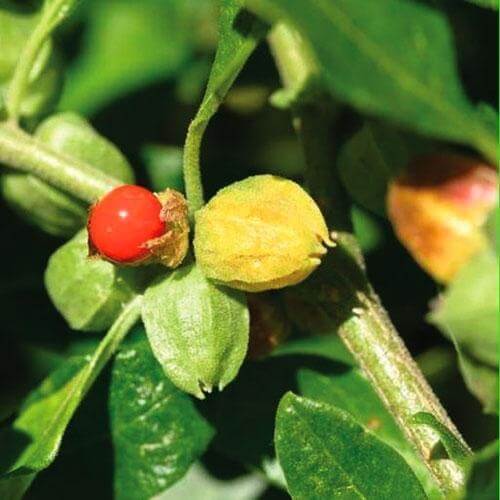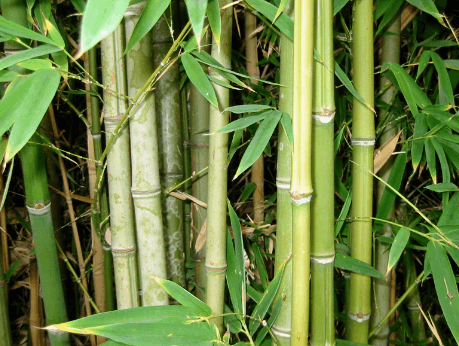Sariva, अनंतमूल Medicinal Benefits

Botanical Name—Hemidesmus
Common Name—Anantamul
Family—Asclepiadaceae (Ark Kill)
Habit—A perennial, slender, laticiferou wiry shrub. (5-15 ft. in height)
Properties
Property—Heavyness, oilyness
Taste—Sweety, bitter,
Potency—Cooling
Metabolic Property—Sweet
Specific Property
- Tridos-Samak
- Spermo-poietic
- Digestive
- Appitiser
- Bronchial sedative
- Antidotes
Part Used—Root

Description—Indian Sarsaparilla (Hemidesmus indicus) is a species of plant that is found in South Asia. It is a slender, laticiferous, twining, sometimes prostrate or semi-erect shrub. Roots are woody and aromatic. The stem is numerous, slender, terete, thickened at the nodes. The leaves are opposite, short-petioled, very variable, elliptic-oblong to linear-lanceolate. The flowers are greenish outside, purplish inside, crowded in sub-sessile axillary cymes.
It is used to make beverages and also u.std in traditional medicine. In Ayurveda it goes by the name of ananthamoola or Anantmula. It is also called the False Sarsaparilla. The plant enjoys a status as tonic, alterative, demulcent, diaphoretic, diuretic and blood purifier. It is employed in nutritional disorders, chronic rheumatism, gravel and. other urinary diseases and skin affections. It is administered in the form of powder, infusion or decoction as syrup. It is also a component of several medicinal preparations.
It is one of the Rasayana plants of Ayurveda, as it is anabolic in its effect. It stimulates the flow of bile and removes toxins from the body. It is a good diuretic and increases flow of urine three to four times.
When used with Tinospora, the herb’s effect is enhanced further. It relieves inflammation of urethra and burning rnicturition and is also helpful for third or fourth stages of syphilis.
It is sometimes confused with other Ayurvedic herb called white Sariva.
It is occurring over the greater part of India, from the upper Gangetic plain eastwards to Assam and in some places in central, western and South India.
Dosage
Hot infusion -50-100 ml
Paste -5-10 gms.
Powder -3-5 gms.
Uses
- In Nephritis-Used the hot infusion of Sariva with guduchi or jeera to reduced the pain and inflammation.
- In secondry stage of syphilis or any skin diseases-The sariva with guduchi is used.
- In Anaemia and weakness of children.- Sariva is used with bayabidang.
- Sariva is also useful in Leucorrhoea.
- in conjunctivitis- The milk of Sariva should be instilated in both eyes.


